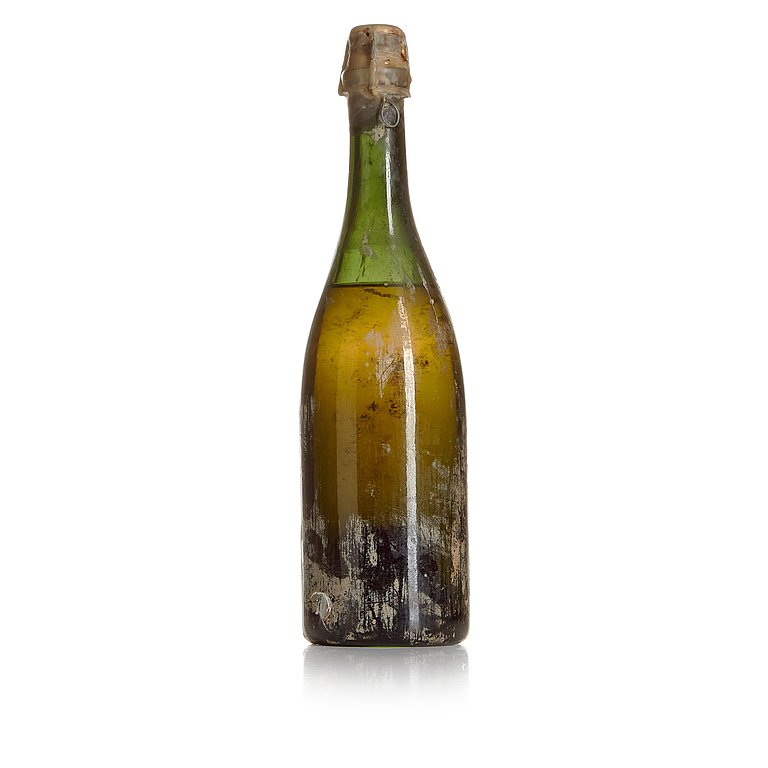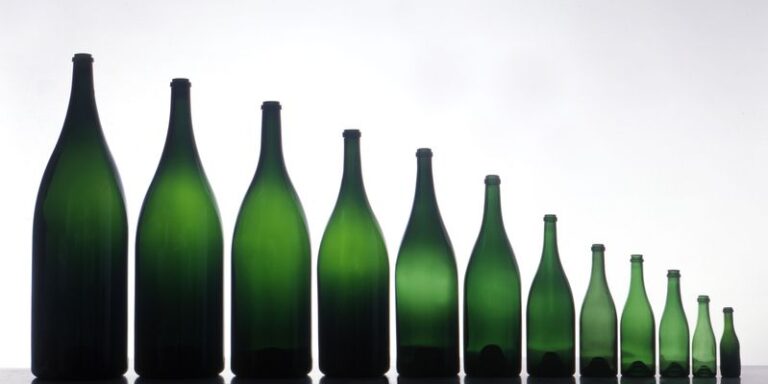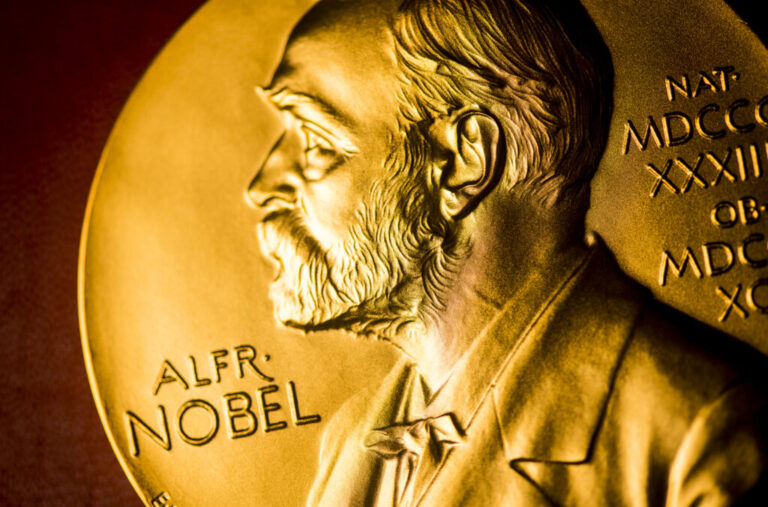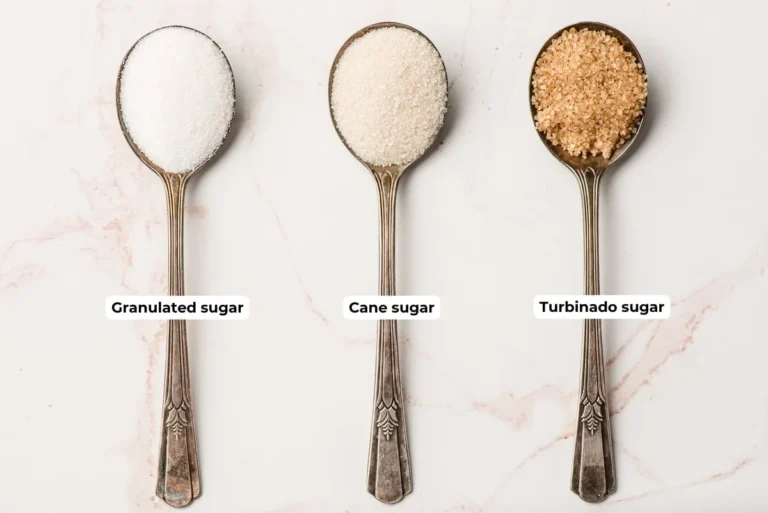During the last auction @ Bukowskis in Sweden 1907 Heidsieck & Monopole ‘Goût Américain’ was offered. Read Richard Juhlins review & tasting note. [read the full champagne story]
Estimated reading time: 3 minutes

The “Jönköping” was a Swedish steamship that sank in the Baltic Sea on November 3, 1916. The ship was carrying a cargo of timber and bottles when it struck a mine during World War I. The wreck remained hidden for many years until it was discovered in 1998 by a team of divers.
During the salvage operation, numerous artifacts were recovered from the wreck, including bottles. These bottles are of particular interest to collectors and historians because they provide a glimpse into the past and can reveal information about the time period in which they were produced.
If you have a bottle from the wreck of the “Jönköping,” it could be a valuable and historically significant artifact. However, it is important to note that the value of such an item can vary depending on factors such as its condition, rarity, and historical significance. To get a more accurate assessment of the bottle’s value, you may want to consult with experts in maritime artifacts or collectors specializing in shipwreck memorabilia.
Additionally, it’s worth mentioning that any artifacts recovered from shipwrecks are subject to various legal and ethical considerations. Laws and regulations surrounding the ownership, sale, and trade of such items can vary depending on the country and jurisdiction. Therefore, it’s essential to familiarize yourself with the relevant laws and seek proper advice to ensure compliance.

1907 Heidsieck Co & Monopole ‘Goût Américain’
This is the 95-year-old champagne that has been on the bottom of the Baltic Sea since the ship Jönköping was sunk in 1916.
Tasting note ‘The world’s most talked about champagne, but also the most common of all pre-war champagnes. This is thus the 95-year-old champagne that has been on the bottom of the Baltic Sea since the ship Jönköping was sunk in 1916. This was probably a fairly ordinary wine from the beginning which under perfect slowly developing storage conditions became both personal and really good. The cold water has obviously had a preservative effect on the semi-sweet drink that was intended for the Russian army. The color is incredibly light and the whole wine behaves as if it came from the seventies. The scent is dominated by apple and banana. Here, however, there is a deeper flavor layer with hints of petroleum and tar. The sweetness does not feel as noticeable as it really is and the wine is very enjoyable. The wine has lost a lot lately.‘
89(89)p
The greatest part of the enjoyment is of course the intellectual and emotionally historical experience.





